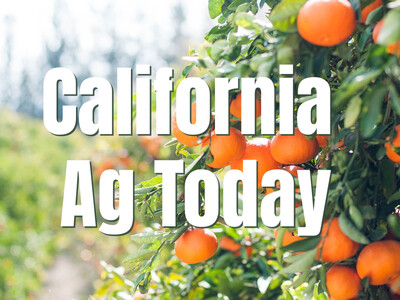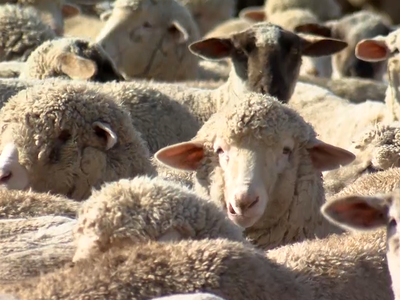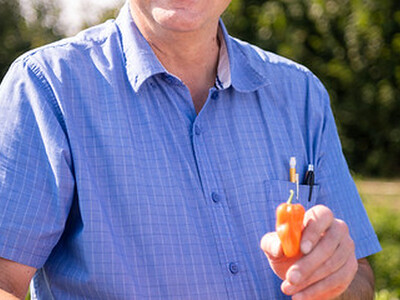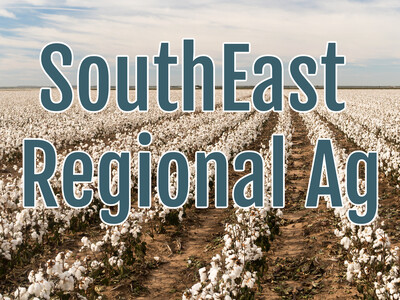Dynamic Soil Map

Tim Hammerich
News Reporter
Optimizing soil health would be a lot easier if we had data on the in-field variability of any given farm. This is a huge challenge and opportunity, says Microsoft’s Ranveer Chandra.
Chandra…. “The thing is right now, the state of the art is we kind of have many coarse grained measurements. Like for example, a farmer who wants to get a soil sample for the farm. They will collect these soil samples from multiple parts, mix it up and you're getting one representation for multiple acres of the farm. Which is probably not right. Even we know for soil carbon, we know for soil moisture that these things vary but there is no good way to accurately measure it. One of the reasons why we don't have a dynamic map is the cost of sensing. That is, how do you build a dynamic map? How do you go and start taking a lot of these measurements? How do you take these measurements across all these biological, physical and chemical properties?”
The answer, Chandra says, is to bring as many data sources together as possible and use artificial intelligence to build a map like this.
Chandra… “We need to bring down the cost of sensing. There's some work we are doing on that. We need to merge all of these different data streams using AI. And we need good models. Good physical, biological, and chemistry models to understand how do these soil properties change.”
Microsoft and others are working on big farm challenges like this.












